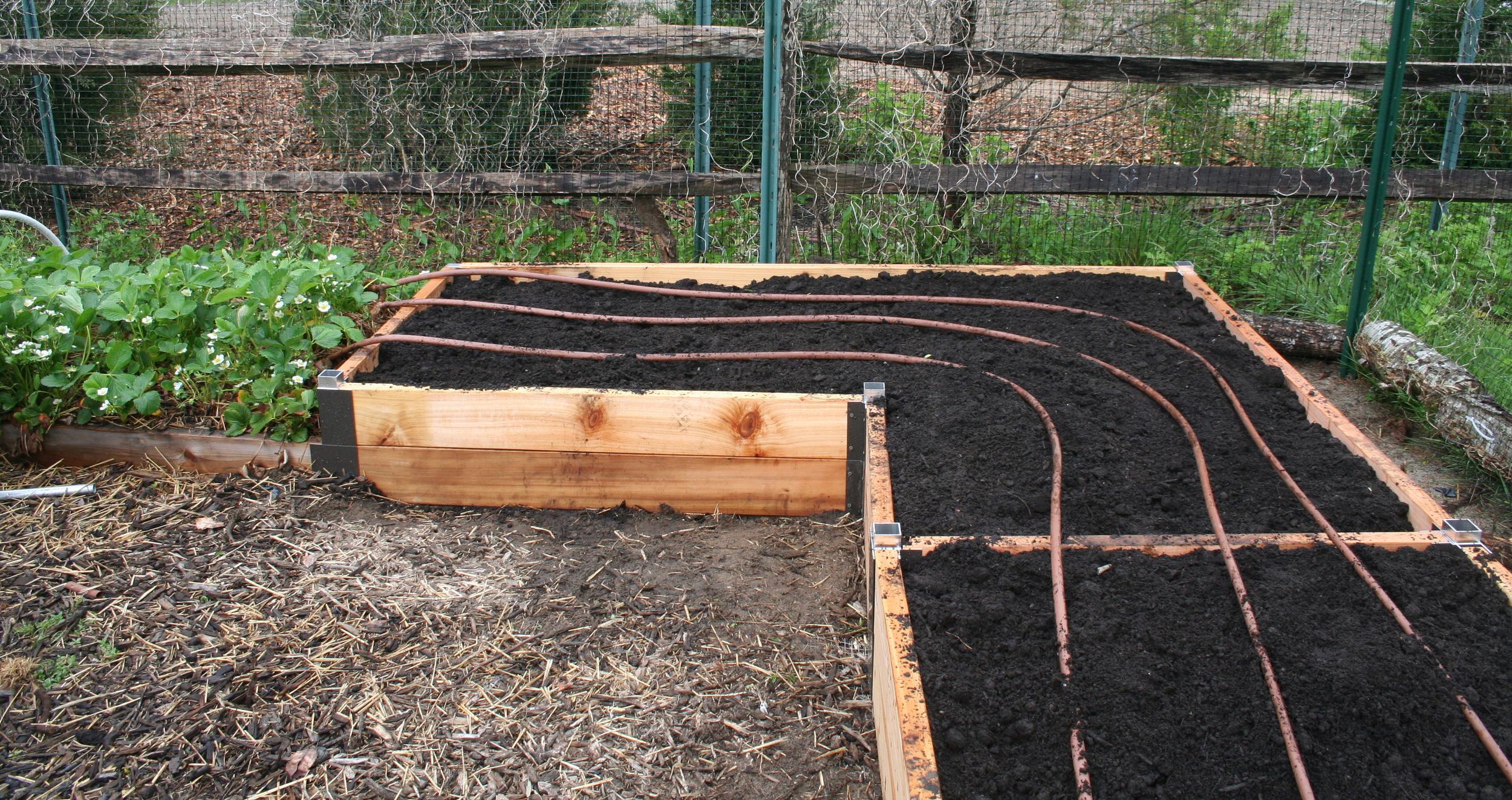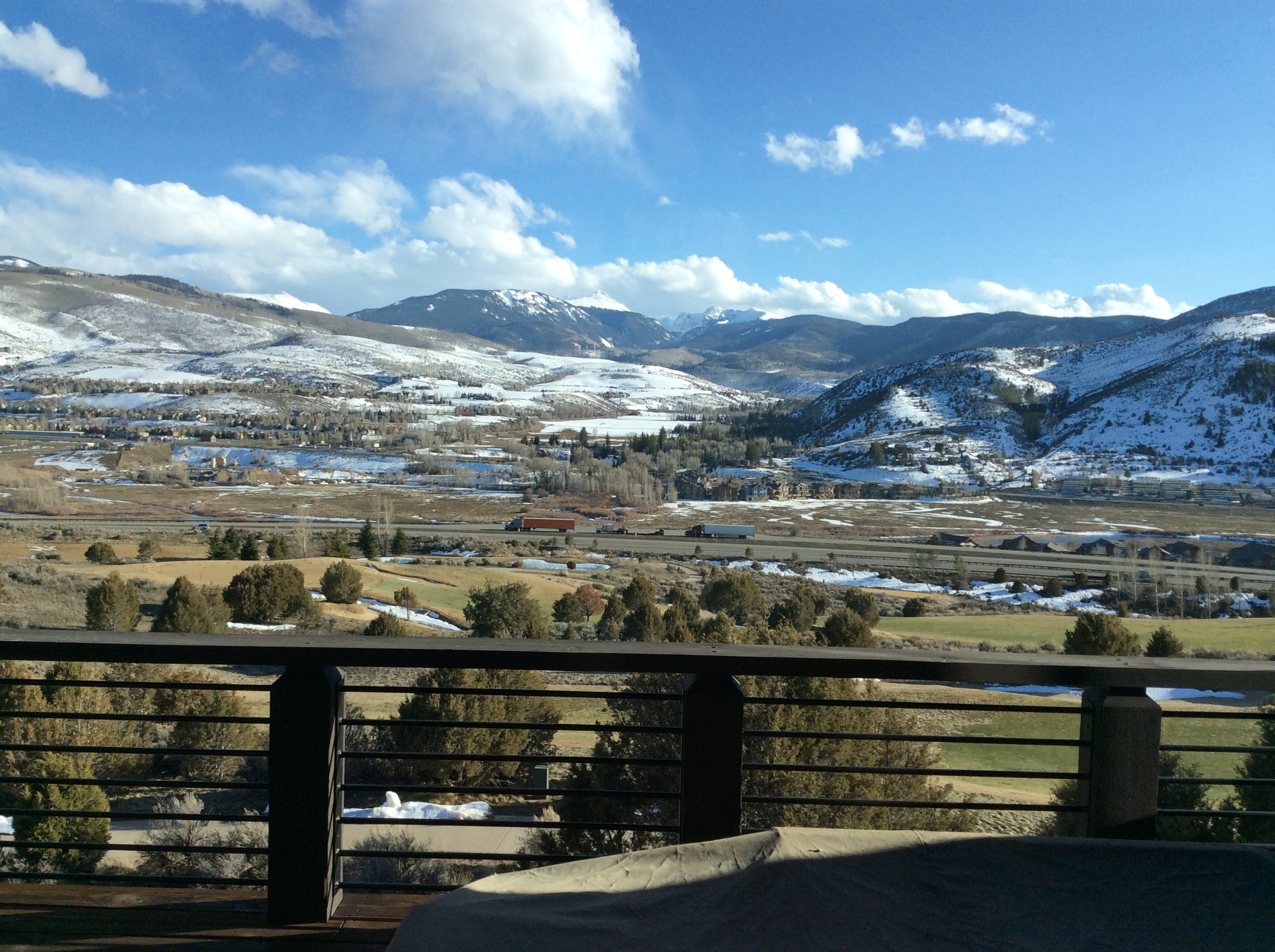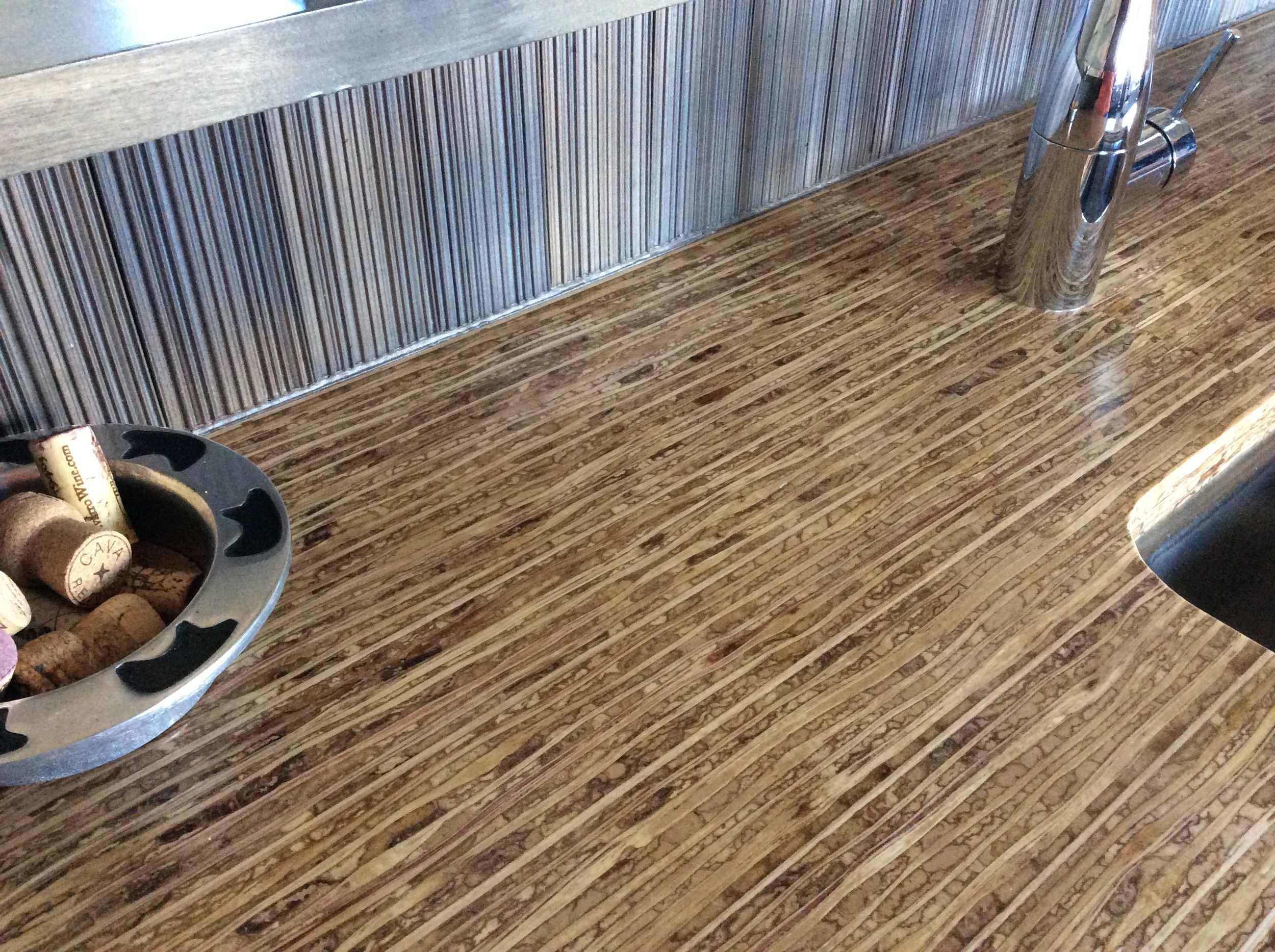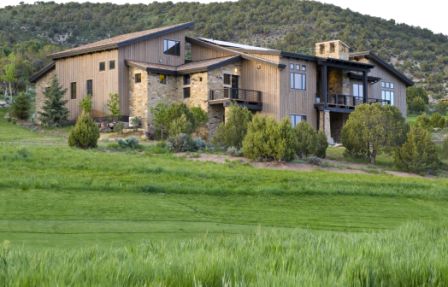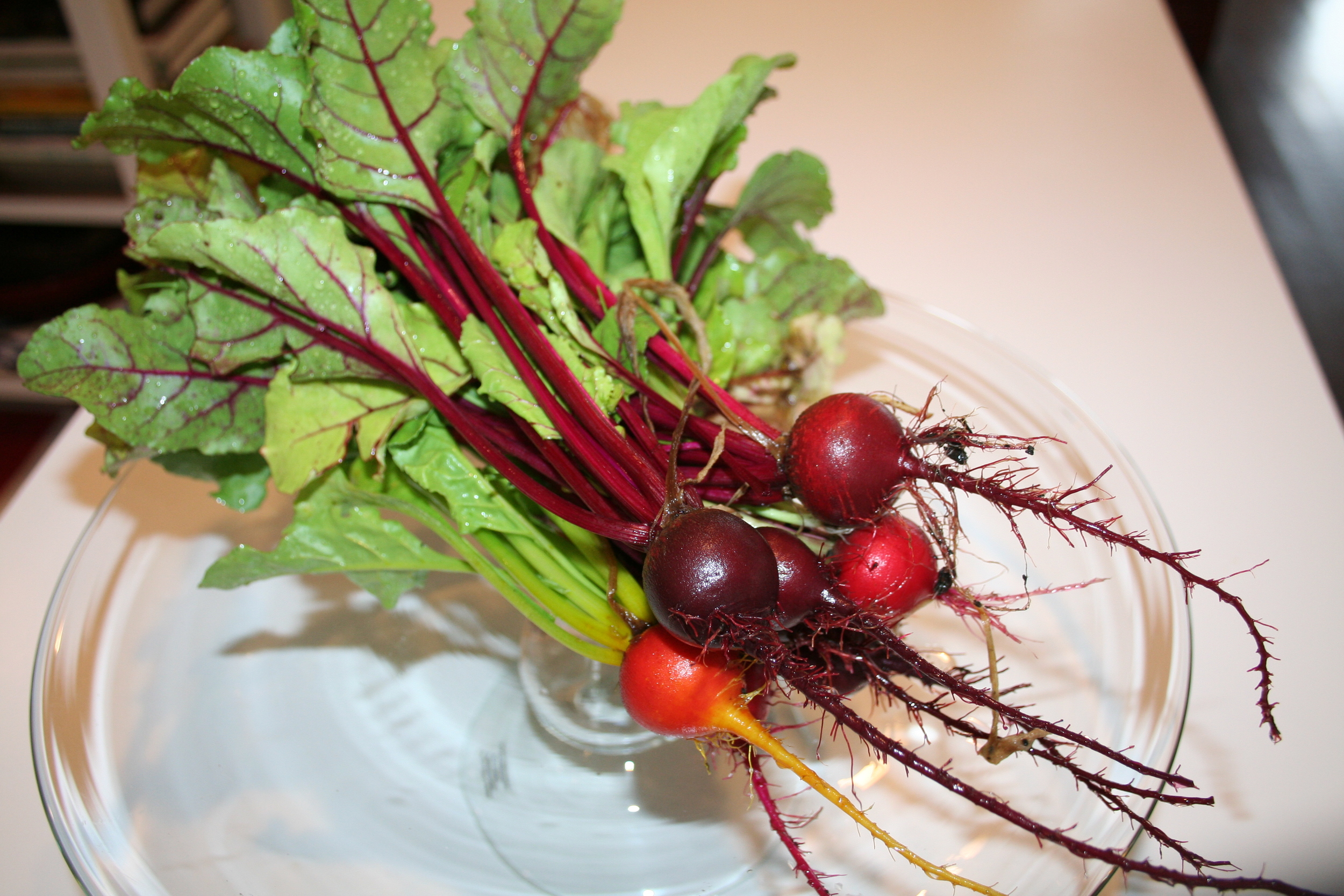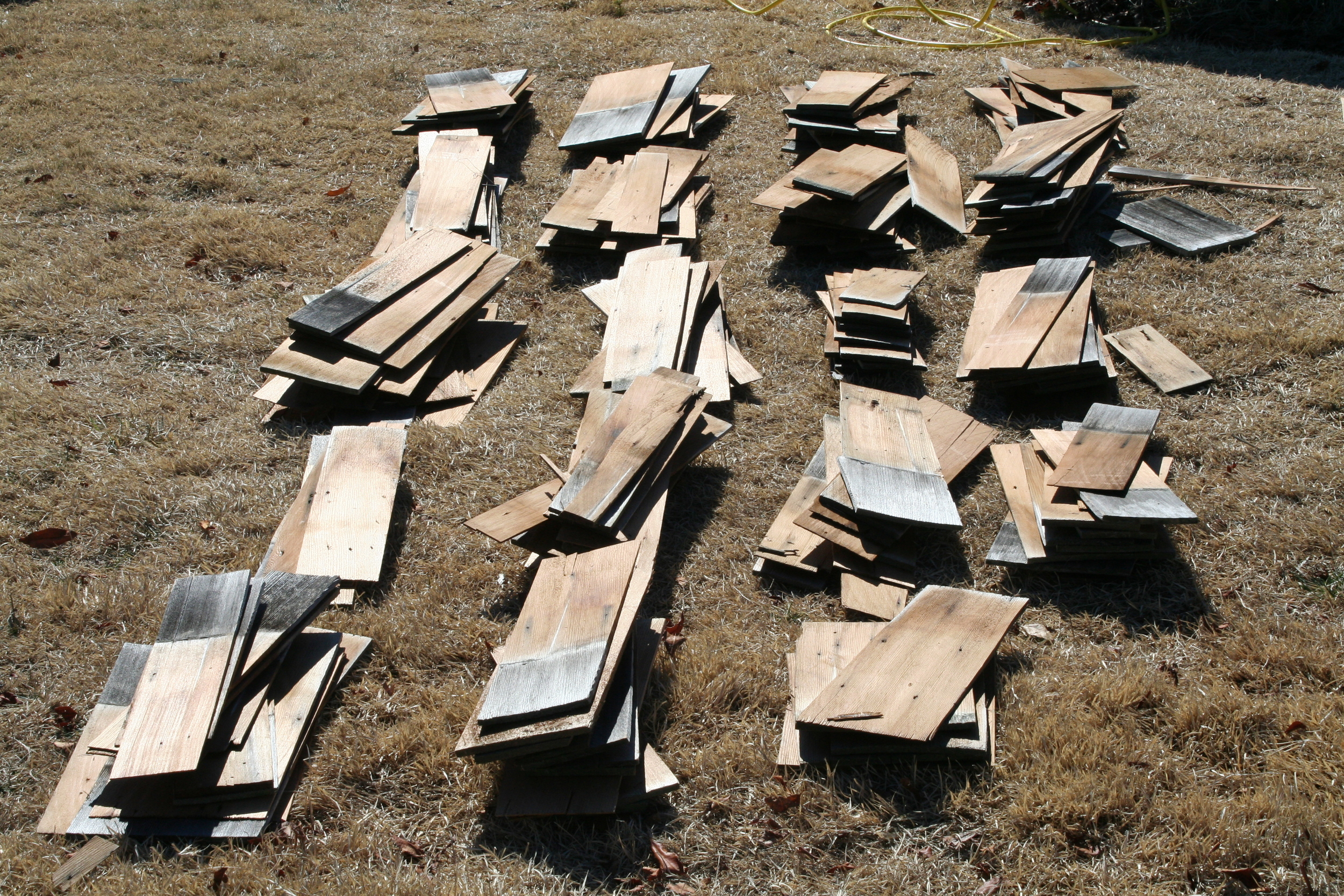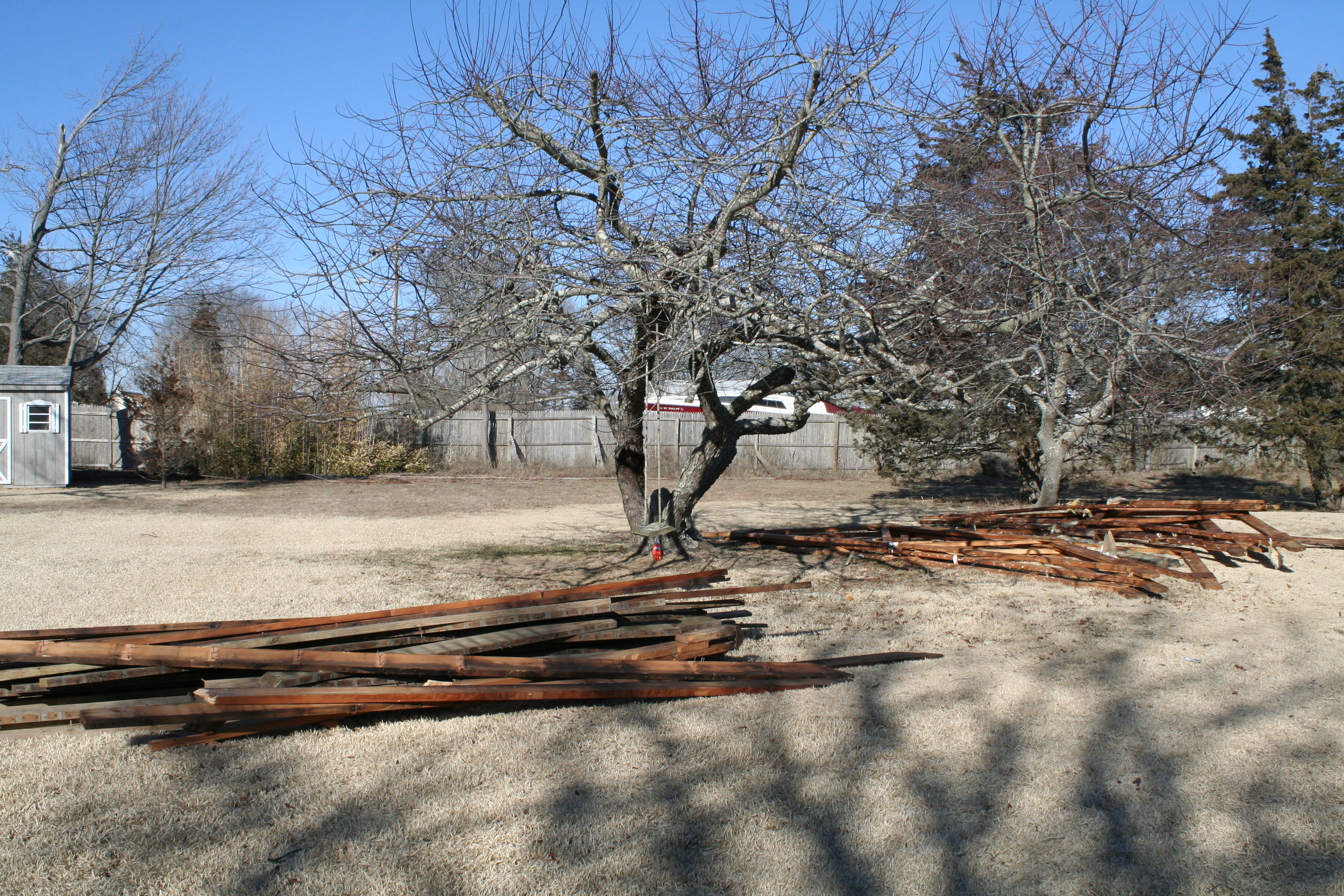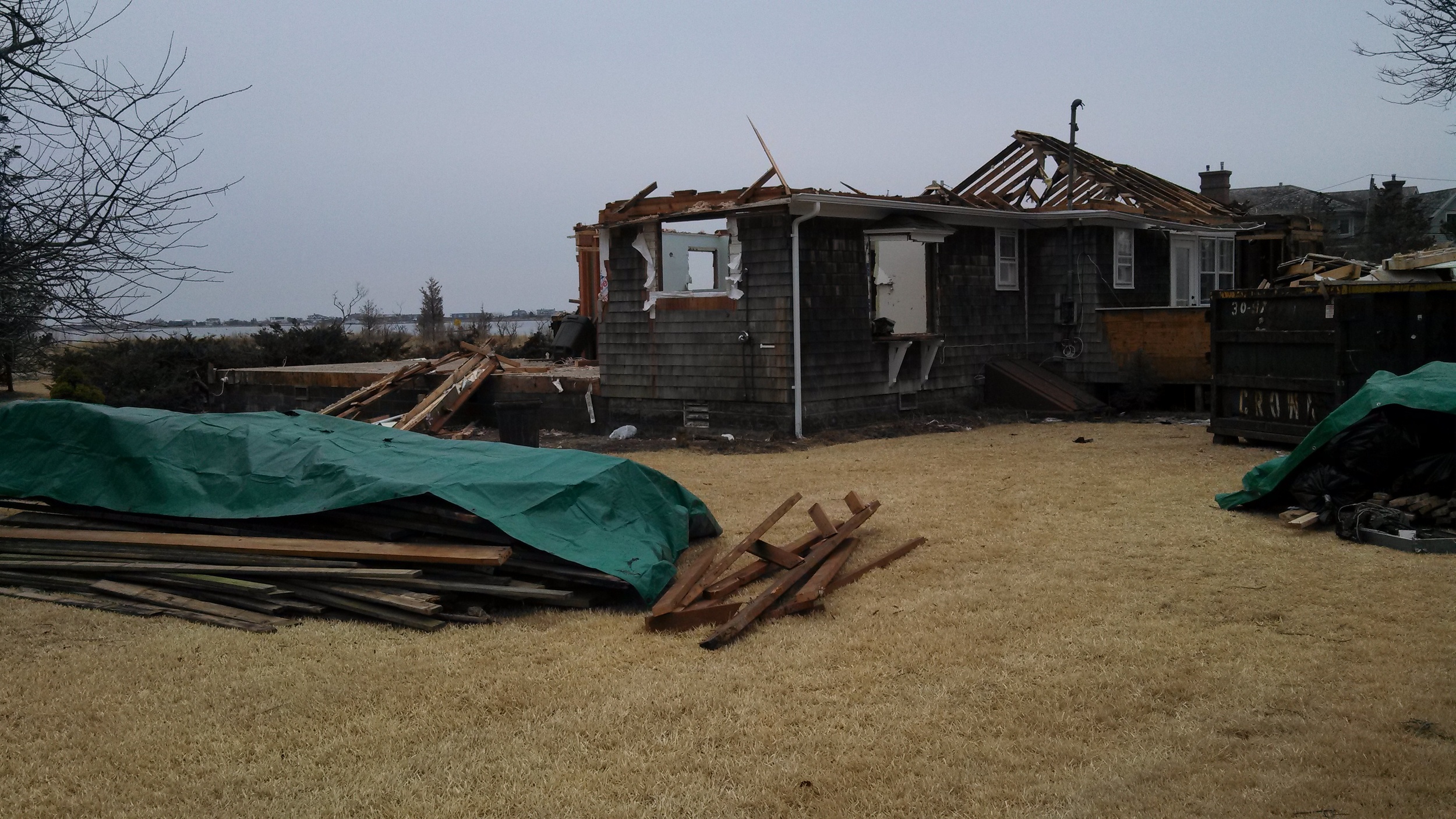I’ve compiled the following list of important “green” terms and acronyms to help sustainability newcomers get up to speed. Happy reading!
Building Envelope
Also referred to as the building shell, the building envelope comprises the exterior of a building, including walls, floors, roof, and windows. The building envelope is the boundary between the interior conditioned spaces of a structure and the outdoors. The most energy efficient buildings start with very tight building envelopes, which result from advanced framing techniques, high efficiency windows (with, for example, insulating argon gas between panes and low emissivity – low-E – coatings to reduce solar heat gain), and comprehensive insulation that eliminates gaps that air and moisture might infiltrate. In the Sunset Green Home, spray foam insulation and very efficient windows are two of the strategies that will improve the tightness of our building envelope and result in greater overall energy efficiency for the project.
Resources: http://gbssmag.com/2012/08/starting-with-a-tight-building-envelope-to-reduce-first-costs/
Carbon Footprint
A carbon footprint is the extent of the impact of our activities on our climate, measured in terms of Greenhouse Gases (typically carbon dioxide, but also including methane and others). A comprehensive calculation of carbon footprint would include the impact of manufacturing, shipping, storage, use and disposal. This Wall Street Journal article calculates the carbon footprint of some basic household items. It’s eye-opening! Among other strategies, the Sunset Green Home project will use Energy Star appliances, generate electricity through solar photovoltaics and specify building materials sourced regionally in order to minimize our carbon footprint.
Resources: http://www.nature.org/greenliving/carboncalculator/
FSC
The Forest Stewardship Council’s mission is to “promote environmentally sound, socially beneficial and economically prosperous management of the world’s forests” and it has developed a certification program that “ensures that products [labeled as FSC certified] come from responsibly managed forests that provide environmental, social and economic benefits.” The LEED for Homes program states a preference for using FSC certified wood products, and has a prerequisite that any tropical hardwoods used in a project must be FSC-certified.
Resources: https://us.fsc.org/
Greenhouse Gases (GHG)
Greenhouse gases – such as carbon dioxide, methane and nitrous oxide – trap heat in our earth’s atmosphere. According to the Environmental Protection Agency (EPA), they “absorb energy, slowing or preventing the loss of heat to space. In this way, GHGs act like a blanket, making Earth warmer than it would otherwise be.” In recent years, human activity – primarily the burning of fossil fuels – has been the primary source of a rapid and significant rise in the emission of greenhouse gases into our atmosphere. By generating most of its electricity through clean renewable solar photovoltaics, the Sunset Green Home will minimize its use of fossil fuels and, consequently, its generation of GHGs.
Resources: http://www.epa.gov/climatechange/science/causes.html
Greenwashing
Greenwashing refers to the practice of using misinformation to promote the notion that a company, product or service is environmentally friendly. Think of a hotel that touts itself as “green” because it offers guests the opportunity to reuse their sheets and towels, but doesn’t take any additional steps to become more environmentally friendly (such as installing energy-efficient lighting, drought-tolerant landscaping, or storm water runoff controls).
Resources: http://en.wikipedia.org/wiki/Greenwashing and http://www.greenwashingindex.com/
Heat Island Effect
Have you ever noticed that it’s warmer at night in a city than in the countryside? That’s an example of the heat island effect – where hardscapes (buildings, pavement, etc.) absorb the sun’s heat and then radiate it to surrounding areas. The heat island effect results in a greater need for cooling technologies, which are responsible for higher energy costs, increased greenhouse gas emissions, and increased air pollution. Using light colored pavement or green roofs (which are becoming increasingly popular in urban areas) are two strategies for reducing heat island effects. The Sunset Green Home project will reduce the heat island effect of the home by foregoing asphalt in favor of a light colored pervious stone driveway.
Resources: http://www.epa.gov/heatisland/
MERV
MERV, or Minimum Efficiency Reporting Value, refers to the efficiency of air filters in the mechanical systems (heat and air conditioning) of a building. MERV ratings range from a low of 1 (very low efficiency) to a high of 16 (very high efficiency). With today’s very tight building envelopes, indoor air quality has become a concern. Using high MERV filters increases the filtration of harmful particles out of the air we breathe indoors. Specifying high MERV filters is a relatively inexpensive way to improve indoor environmental quality. The Sunset Green Home project will use very high MERV filters in its HVAC systems.
VOCs
Volatile Organic Compounds are carbon-based chemicals that evaporate at room temperature. Examples include acetone, formaldehyde, benzene and others. Many of the products in our homes have the potential to “off-gas” VOCs, and VOC concentrations indoors are typically 2x – 5x higher than outdoors. Health effects are based on the level of VOC concentration and the exposure time, and may include headaches, upper respiratory symptoms and eye irritation or, with long-term exposure to high levels, increased risk of cancer or central nervous system damage. Although we often think of VOCs as smelling bad (think of a freshly painted wall), not all VOCs create an odor. But, in today’s well-insulated and tightly sealed homes, VOCs can build up quickly and to high levels. The Sunset Green Home project will include low-VOC or no-VOC paints, adhesives, finishes and furnishings wherever possible, and we will “flush” the home with fresh air for several days before we take occupancy.
Resources: http://www.health.state.mn.us/divs/eh/indoorair/voc/ and https://www.health.ny.gov/environmental/indoors/voc.htm
And now that we’ve provided some “green” terms, what about LEED? What is all this “LEED” stuff about anyway?
LEED
LEED stands for Leadership in Energy and Environmental Design. According to the U.S. Green Building Council, LEED “is a green building certification program that recognizes best-in-class building strategies and practices.” LEED is a flexible rating system that can be used to certify buildings ranging from single family homes to commercial office buildings. There’s even a LEED rating system to certify the operations and maintenance of existing buildings. Each LEED rating system has its own prerequisites and optional credits for obtaining certification levels of Certified, Silver, Gold or Platinum. The Sunset Green Home is registered under the LEED for Homes green building program and will seek Platinum certification – the highest level – upon completion.
Resources: http://www.usgbc.org/leed
LEED Accreditation vs. LEED Certification
Simply put, BUILDINGS are certified and PEOPLE are accredited. LEED certification is described above. LEED accreditation recognizes individual levels of understanding and experience with green building. There are three levels of LEED accreditation: LEED Green Associate, LEED Accredited Professional (LEED AP) and LEED Fellow. Credentialing is overseen by the Green Building Certification Institute (GBCI), which also oversees LEED project certification.
Resources: http://www.usgbc.org/leed/credentials
USGBC
According to its web site, the U.S. Green Building Council (USGBC) “is a 501(c)(3) nonprofit organization committed to a prosperous and sustainable future for our nation through cost-efficient and energy-saving green buildings. USGBC works toward its mission of market transformation through its LEED green building program, robust educational offerings, a nationwide network of chapters and affiliates, the annual Greenbuild International Conference & Expo, and advocacy in support of public policy that encourages and enables green buildings and communities.”
Resources: http://www.usgbc.org/
Passivhaus or “Passive House”
LEED isn’t the only green building standard. In fact there are several. Developed in the early 1990s, the Passivhaus standard is one of the world’s leading green building standards. Passivhaus is based on the principle of creating an exceptionally tight and well-insulated building envelope with mechanical ventilation to cut down on – or eliminate altogether – the need for conventional forms of heating and cooling.
Resources: http://www.passivehouse.us/passiveHouse/PassiveHouseInfo.html and http://passiv.de/en/index.php
Now that you know green, go green!




